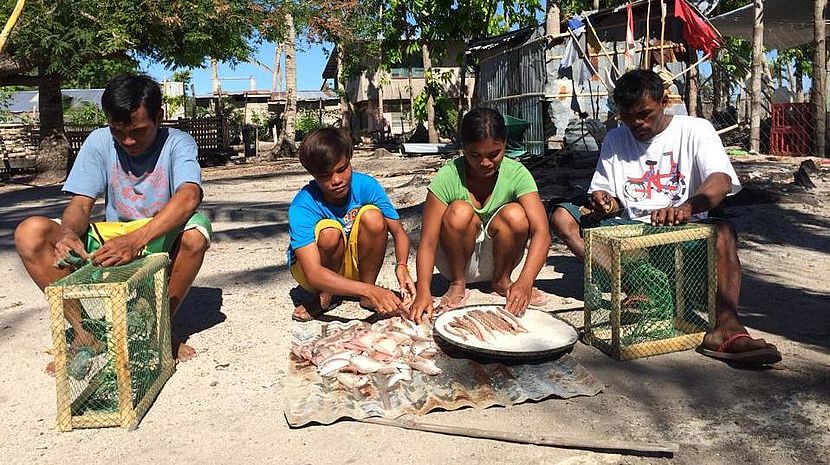17.06.2015 Nepal – We will rise again

Here is my first blog from Nepal, after a very moving day in Bhaktapur.
This ancient city lies nine miles east of Kathmandu. At its heart lie four connected courtyards containing some of Nepal’s most famous UNESCO World Heritage Sites, many of which were damaged or destroyed by the earthquake which shook Nepal on 25 April 2015.
In the main Durbar Square, around the base of one of the damaged temples, is an exhibition of photos of some of those who lost their lives, either because they were unlucky enough to live in old or poorly constructed homes or caught by the falling masonry in the web of narrow streets that characterise the area. Many of the photos show the faces of elderly men and women, or very young children, both groups disproportionately affected by natural disasters, but there are also faces of many other people, caught indiscriminately by either the first quake, or the one that followed two weeks later on May 12.
In one picture, a teenage girl in school uniform smiles shyly at the camera. Just a few yards away, a group of girls and boys of around her age are donning hard hats and picking up shovels before dividing into teams and heading off in different directions. Their matching t-shirts declare them to be members of the local community who are volunteering in street clearing initiatives.
This is one of the worst hit areas of the city and the lanes are still clogged with rubble, sometimes piled under the eaves of damaged houses, sometimes still filling the street so that you need to scramble over to get through. Despite other parts of Kathmandu being almost untouched, here there is not a road or side street which remains untouched.
Everything is covered with a thin film of dust, and the few shopkeepers who have ventured to open up again, busy themselves continuously with dusters and rags.
Psychosocial counselling and trauma care
I am with Pramita Shrestha, a social worker from KOSHISH, a CBM local partner that offers psychosocial counselling and trauma care in the Bhaktapur District. Pramita describes the additional support the psychologists and counsellors are providing, not only for those with mental health problems that they were already supporting, but also to an estimated 3,500 earthquake survivors who will need psychosocial support over the next few months.
This is one of the less visible after-effects of a disaster of this scale but one which touches on the lives of so many survivors. Schools have just reopened again and we are passed students with neat white shirts and royal blue skirts, matching ribbons bouncing above – but numbers are down as many children are too anxious to leave their parents, too scared to enter the school building or, with the many aftershocks still being experienced, too sleep-deprived to function well.
People have also started to return to work where they can, or to the social activities they used to enjoy and we see a few small groups of men on the verandas of undamaged houses playing cards or board games, while women sit in twos and threes knitting. But there are also those who sit in their doorways staring into space, and KOSHISH is reporting new cases every day of people of all ages struggling to come to terms with what has happened. Sadly for all those that come, as many remain unwilling to seek treatment for any kind of mental health condition which remains widely misunderstood and taboo in Nepal, as in many places.
Cleaning up, rising again
We come across a single house collapsed among a row of otherwise intact buildings. Further along, two stories of a house with no side wall stand open to the air, as if a huge serrated knife has sliced vertically through the building.
As we approach, we see two figures rolling brick pieces down a corrugated iron sheet propped against the wall. On every street we come to, similar activity is beginning to take place. People on rooftops, shovelling debris. People pushing wheelbarrows of dust out of alleyways or carrying piles of bricks to the truck that cannot make its way down the blocked streets where life has started to go on once again.
Around the next corner, we come across a slogan daubed on a partially collapsed wall, “We will rise again”. Later someone walks past with this printed on a t-shirt.
The photos in Durbar Square are one of the ways that the city is mourning its loss and it will take decades before the country is close to full recovery. But this slogan has started to appear across the city and perfectly reflects the resilience of a nation that is already working hard to pick itself up and move forward.
KOSHISH was there in the days immediately following the earthquake, providing psychological first aid as vital as the bandages being so much more visibly applied, and it will continue to support for the long term the efforts of the Bhaktapur community to “rise again”.